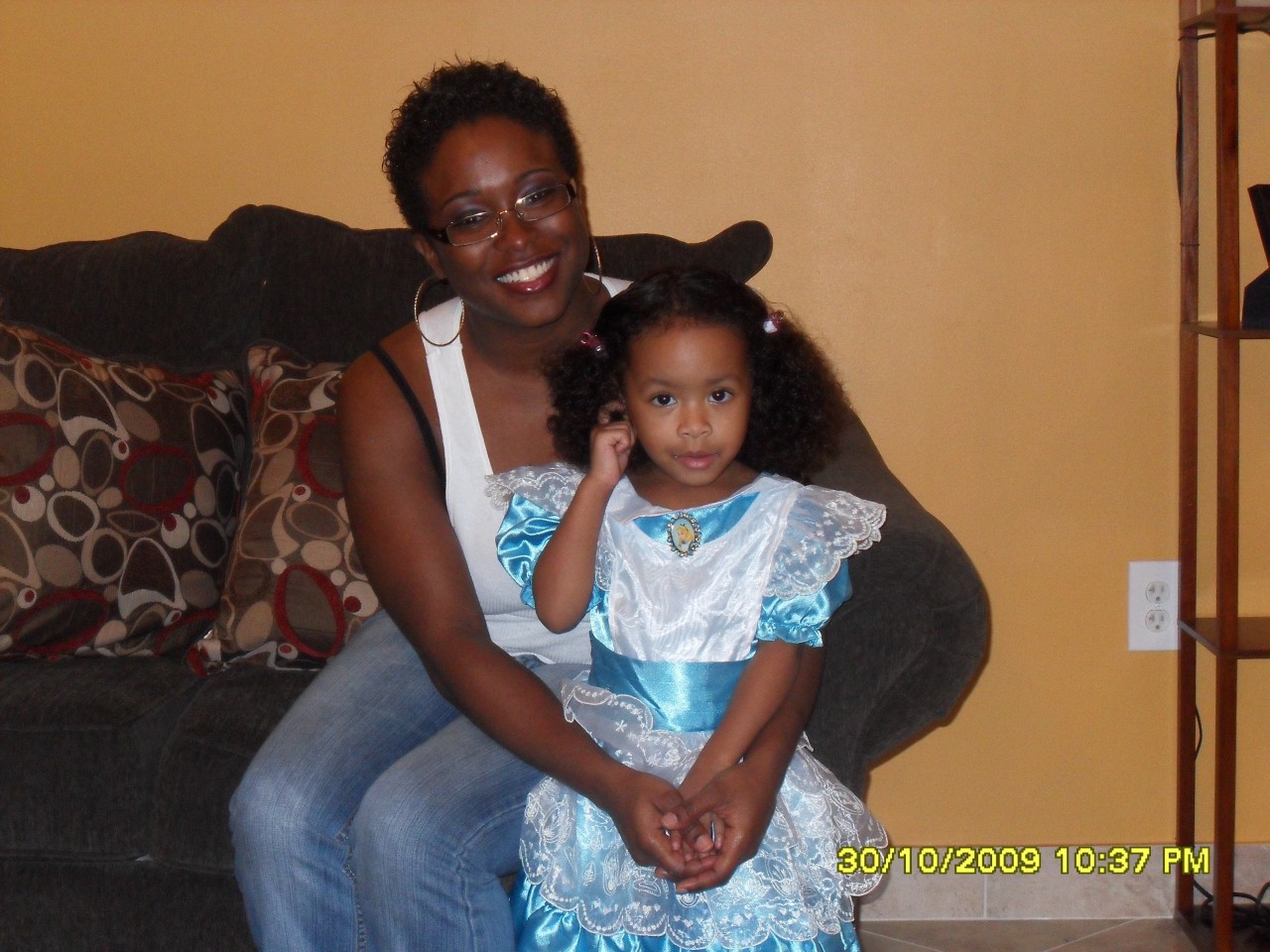Family Advocates to Prevent Drownings
By Christopher L. Marlowe, The Haggard Law Firm
It was the day after Thanksgiving. Two year old Soleila Estien was taking a nap with her father in the family’s apartment in Hollywood, Florida. Her mother Vahnessa was at work, and Grandma had just dozed off with a book. Everything about this beautiful Friday afternoon was warm and pleasant.
Dad was startled awake not long after he and Soleila lay down on the couch together. She was gone. As parents usually do when searching for their toddler, dad looked behind couches, in closets, and other such places where little ones amuse themselves with hide and seek. Not having found Soleila after a diligent search while calling her name, dad woke grandmom and the two began looking with greater urgency and rising concern.

They searched in the parking lot, around trees, under cars, throughout the complex and around the apartment complex pool, and their calls turned to cries and desperate screams for Soleila. Then they saw. On the edge of the pool there sat Soleila’s little flip flops. The outline of her little body was now apparent on the bottom of the pool..
The apartment complex where young Soleila died was an aquatic safety disgrace. The gates to the pool were neither self-closing nor self-latching. The laundry facilities were located within the pool deck area, prompting residents to leave the gate open so they could carry clothes baskets back and forth without bothering with the lock. When Grabiel pulled his unconscious little girl from the water, there was no telephone on the deck to dial 911. Against time and fate he tried CPR while carrying her back to the apartment, but she was dead.
Drowning is the leading cause of injury-related death for children one to four years of age. In Florida, drowning is the leading cause of all deaths for this age category, and Florida has the highest drowning death rate for children under the age of five. For obvious good reason, federal, state and local laws have addressed these preventable accidents by attempting to regulate the safe operation of residential pool facilities.
In Soleila’s case, for example, The City of Hollywood Code of Ordinances, § 158.04 reads, in pertinent part:
“Every outdoor private swimming pool shall be completely surrounded by a fence, wall, or enclosure in accordance with the 2007 Florida Building Code, and 2009 Supplement. Such fence, wall, or enclosure shall remain in place at all times and shall not be readily removable….All gates or doors opening through such enclosure shall be equipped with a self-closing and self-
latching device for keeping the gate or door securely closed at all times when not in actual use.”
The Florida Department of Health regulation 64E-9.006(2)(h) requires that:
“All public pools shall be surrounded by a minimum 48 inch high fence or other substantial barrier approved by the department. The fence shall be continuous around the perimeter of the pool area that is not otherwise blocked or obstructed by adjacent buildings or structures and shall adjoin with itself or abut to the adjacent members. Access through the barrier or fence from dwelling units such as homes, apartments, motel rooms, and hotel rooms, shall be through self-closing self-latching lockable gates of 48 inch minimal height from the floor or ground with the latch located a minimum of 54 inches from the bottom of the gate or at least 3 inches below the top of the gate on the pool side.”
Florida Statute 515.27 and 515.29 read in pertinent part, respectively:
“All doors providing direct access from the home to the pool must be equipped with a self-closing, self-latching device with a release mechanism placed no lower than 54 inches above the floor.”
“Gates that provide access to swimming pools must open outward away from the pool and be self-closing and equipped with a self-latching locking device, the release mechanism of which must be located on the pool side of the gate and so placed that it cannot be reached by a young child over the top or through any opening or gap.”
While these laws were written with the deaths of so many innocent children in mind, too many communities either ignore them or are unaware of their existence. Acutely aware of this reality, Vahnessa and Grabiel Estien have shaped their personal tragedy into a motivating force for change and education. Since that most awful day, they have managed the toughest feat that parents often have after losing a child – staying together. And together, they have put one foot in front of the other, as one, and their newly inspired lives are making swimming pools everywhere safer as a result.
Fast forward six years from the death of their beloved daughter, and the Estien family has been blessed with the births of two sons. Teaching them to swim and enjoy the water was a sacred priority for both Vahnessa and Grabiel. They did not want their boys to fear the water. But they were determined to ensure that their children respected it and that the adults responsible for aquatic facilities did their part to responsibly operate their pools.
After the civil matter relating directly to Soleila was resolved, the family started the Soleila G. Estien Memorial Swim Strong Scholarship. The family persuaded local businesses to fund donations for families who could not independently afford swimming lessons for their children. One of the most effective awareness tools for these businesses was the book Vahnessa Estien wrote in honor of her daughter, entitled “The Boy Who Could Swim.” It is a children’s book, written with as much heart, positive messaging and hope as any story borne of tragedy possibly could be. Parents can enjoy reading to their children a positive and enjoyable story of hope, courage and safety thanks to the courage Vahnessa had to write this book.

Vahnessa and Grabiel searched their souls after their daughter’s death. Somehow they managed, for the sake of their marriage and their sons, to find the will and power to harness their grief toward a positive goal. I am certainly proud of the work we did for the family and the outcome that was achieved. However, I am mostly thankful to the Estiens who, through their own grief process, are a constant reminder to me that what we do as advocates has the ability to contribute, even a little, to the manner in which our clients live the remainder of their lives after tragedies most of us would fear to even imagine. Certainly, doing what we do every day would be much more difficult, if not impossible, were it not for clients such as these, who through their efforts, are making the next tragedy less likely than those which came before.
Article first appeared in Southern Trial Lawyer’s Association’s newsletter JUSTLAW
Author: Christopher Marlowe, The Haggard Law Firm










